A delegation from Saint Lucia recently attended a meeting in Martinique to review protocols for treating venomous snake bites.
Dr. Martin Didier, part of the Saint Lucia delegation, raised the matter of more available, affordable, and accessible antivenom in resource-poor countries.
He also spoke of the need to strengthen medical cooperation with Martinique.
Saint Lucia has four indigenous snake species.
They are the Saint Lucia boa, the Saint Lucia racer on Maria Major, the Saint Lucia thread snake, and the fer de lance.
The Saint Lucia fer de lance, found nowhere else in the world, is the only venomous one.
Dr. Didier told St. Lucia Times fer de lance bites occur when people, including farmers, enter the reptiles’ habitats.
He noted that physicians must treat the victims because life is important.
But he disclosed that the numbers are not high for Saint Lucia, which records five or six snake bites yearly in places including Anse La Raye-Canaries, Dennery, and Praslin.
Didier recalled that Saint Lucia obtained antivenom from the United States in the past.
But he said it was useless.
“People died,” Didier revealed.
However, in 2002, a snake bit a Saint Lucian farmer from Anse La Raye on New Year’s Eve.
“The young man was sick. He had a stroke and I said, ‘How do we treat this man?'” Didier said.
He said he called the Martinique Snake Unit, and the victim went to the neighboring French-speaking Island where he survived after taking antivenom.
The Journal of Tropical Medicine published the account, generating international interest and triggering intensive research.
Didier said through the research, he met renowned Costa Rican Toxicologist José María Gutiérrez.
Gutiérrez had developed an antivenom for the unique Saint Lucia fer de lance and its relative in Martinique, which is similar genetically.
Didier said Saint Lucia had previously used a Martinique antivenom, but it was costly, one unit fetching six hundred Euros.
“We needed at times thirty to treat people,” he told St. Lucia Times.
However, the Costa Rican Toxicologist developed an antivenom from the Saint Lucia fer de lance and its Martinique relative, supplied it to the Pan American Health Organization (PAHO), and PAHO, in turn, made it available to Saint Lucia at $US 15 a unit.
“When we started to use it, we had not one death,” Didier recalled.
But he said there were complications in people who arrived for medical attention outside a three-hour window.
Didier said the Martinique conference examined how patients could get initial treatment at health centres before sending them to the hospital.
The experts also discussed dispelling traditional community fears regarding snakes.
The Martinique conference was the second such gathering.




If st lucia is the only Island in the world with that snakes then history class has fooled us all